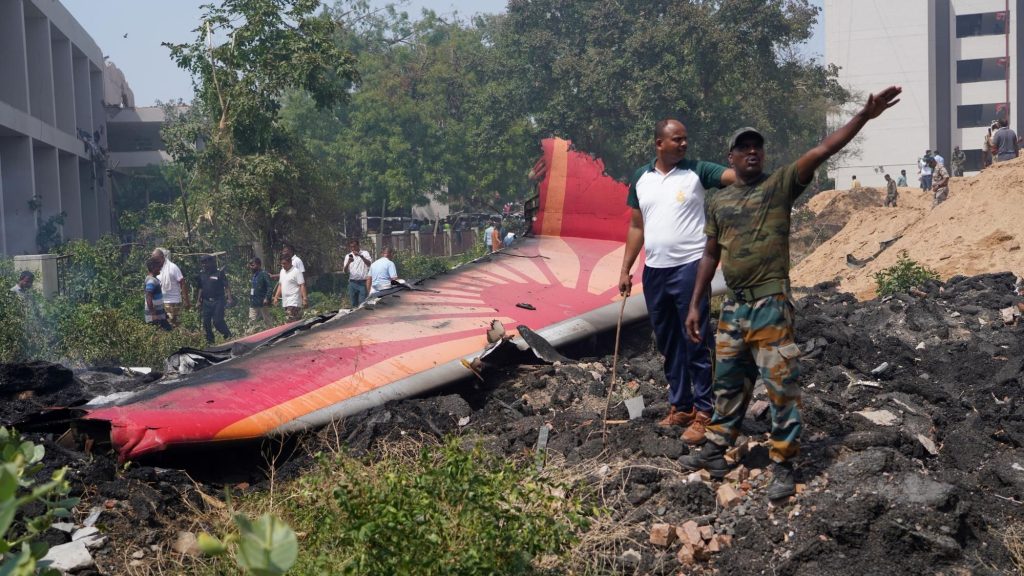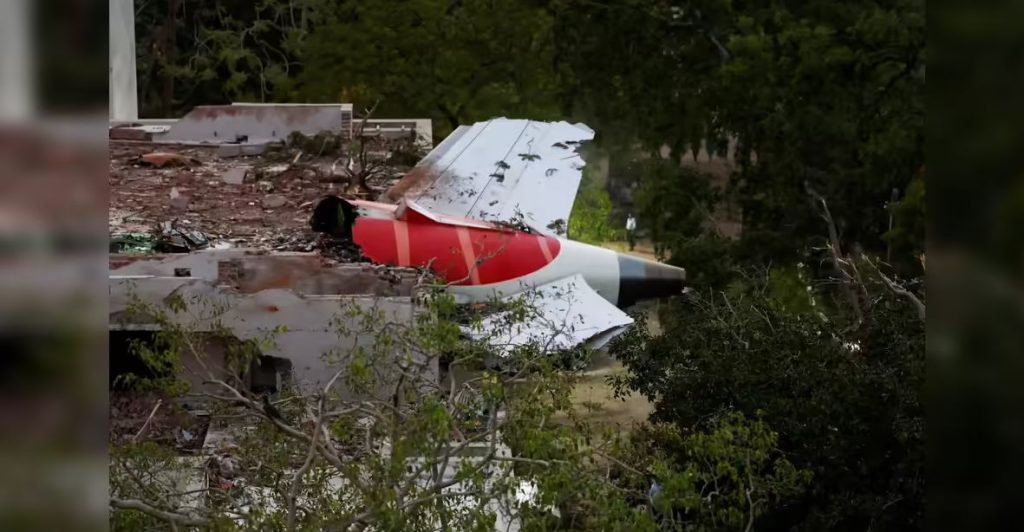A tragic incident involving an Air India Express flight has prompted widespread concern and grief across India and beyond. The preliminary findings from the investigation into the crash that claimed multiple lives have now been released, shedding light on what may have led to the disaster.
The Crash That Shook a Nation
The Air India Express Flight IX-1344 was en route from Dubai to Kozhikode (Calicut) in Kerala when it crashed upon landing on August 7, 2020. The aircraft, a Boeing 737, overshot the runway at Kozhikode International Airport and plunged into a deep gorge, breaking into two parts. Of the 190 passengers and crew on board, 21 people lost their lives, including both pilots. The flight was part of the Vande Bharat Mission, an initiative to repatriate Indians stranded abroad during the COVID-19 pandemic. The crash sent shockwaves across the country, prompting an immediate investigation.

Initial Investigative Findings
India’s Aircraft Accident Investigation Bureau (AAIB) has now released its preliminary report, which points to several critical factors. According to the findings, the probable cause of the crash was the pilot’s decision to land on the runway in use despite difficult weather conditions, including heavy rainfall and tailwinds. The report noted that the aircraft approached the runway from a direction that made braking more difficult due to the wet surface and tailwind. The plane touched down farther down the runway than standard procedure allows, leaving insufficient distance for a safe stop. The report also emphasized that the pilots had previously attempted to land twice and had been advised to delay the landing or divert. Despite this, they attempted a third approach, which ultimately ended in catastrophe.
Runway Safety and Environmental Conditions
Another major factor cited in the report is the condition and design of the Kozhikode runway. Known as a “tabletop” runway — situated on a hill with steep drops at either end — Kozhikode airport presents unique landing challenges. In wet conditions, these challenges are further magnified. The runway lacked a crucial safety feature known as the Engineered Materials Arrestor System (EMAS), which can stop an aircraft in cases of overshooting. Investigators believe that the presence of such a system could have reduced the severity of the accident.
Airline and Regulatory Response
In response to the findings, Air India Express has stated that it is reviewing its standard operating procedures and pilot training protocols. The Directorate General of Civil Aviation (DGCA) has also reiterated the need for stricter adherence to weather-related advisories and landing guidelines, especially at airports with known risks. The tragedy has reignited debates about airport infrastructure and pilot decision-making, particularly at challenging airfields. Critics argue that some of India’s airports, especially those with tabletop runways, require significant safety upgrades to prevent future incidents.

Conclusion: A Somber Reminder of Aviation Challenges
The preliminary findings of the Air India Express crash serve as a sobering reminder of the delicate balance between human decision-making, environmental conditions, and infrastructure in aviation safety. As authorities work toward implementing corrective measures, the hope is that this tragedy will lead to improvements that can save lives in the future. For the families affected, the report provides some clarity, though it cannot undo the immense loss they have suffered.

















